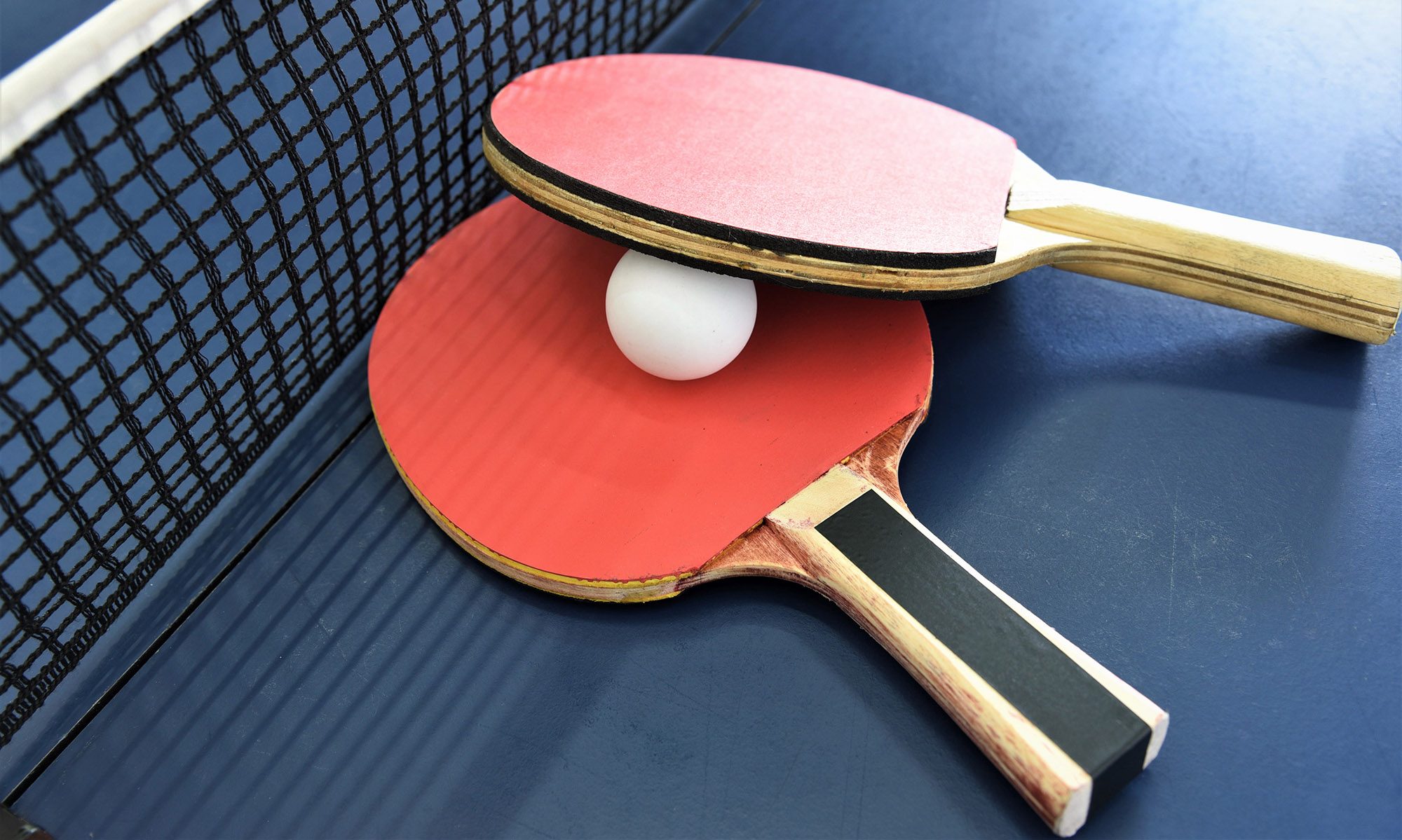This week, I was able to resolve the issues that I had last week regarding weird behaviors with the IMU readings and the resulting roll, pitch, and yaw. I realized one issue was that in my driver, I had initialized a register to the wrong value, which meant my readings were coming in at the wrong magnitude. In addition, I realized that the inaccuracies in the roll, pitch, and yaw were a result of the raw sensor readings drifting at the start, so I added a calibration function at the start to calibrate all the readings, which has helped a lot with the sensor accuracy. The sensor is now fairly accurate with the roll, pitch, and yaw, and when I tested it by manually moving the IMU around and plotting the sensor output, I’m getting that the orientation is generally within 10 degrees of the expected values.
I also tried to add some functionality so that I could leverage accelerometer data in conjunction with the roll, pitch, and yaw to provide some position data that can cross-validate our CV data. To do so, I would have to take the integral of the acceleration and then velocity to get the displacement, and find a way to translate the readings from relative to the IMU axes to relative to Earth’s absolute orientation. This is still a work in progress, but so far, I have done some research and found a way to filter out the noise in our sensor readings using a lowpass butterworth filter. I will have to now figure out how to leverage the smoother filtered data to generate some sort of positional data.
Moving forward, in addition to getting position data, when our CV subsystem is functional, I can begin integrating the subsystems together with my team.
